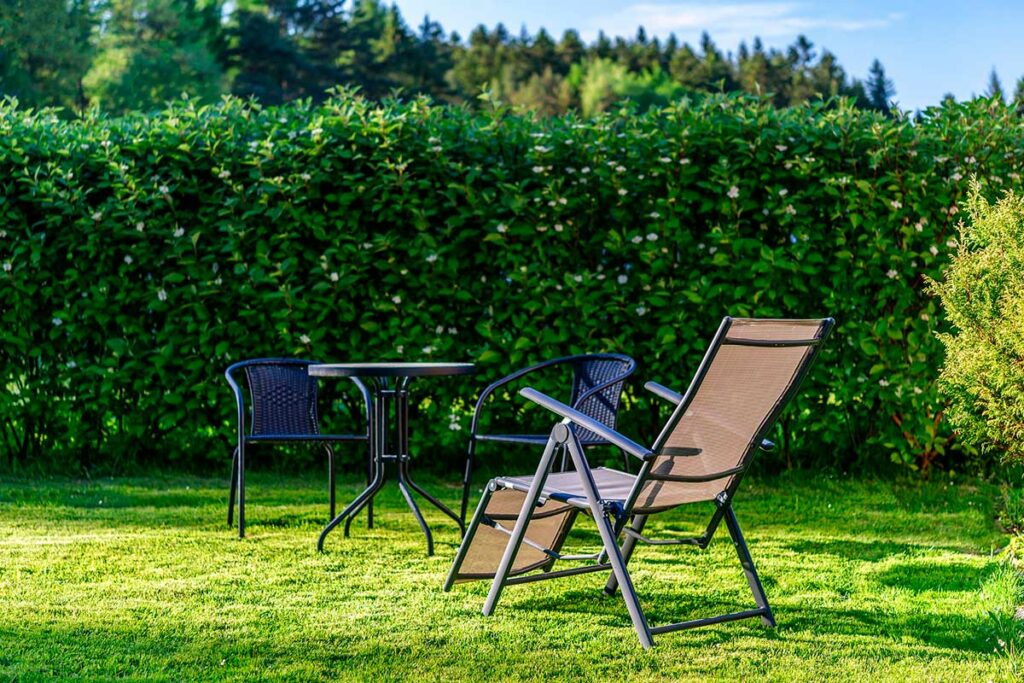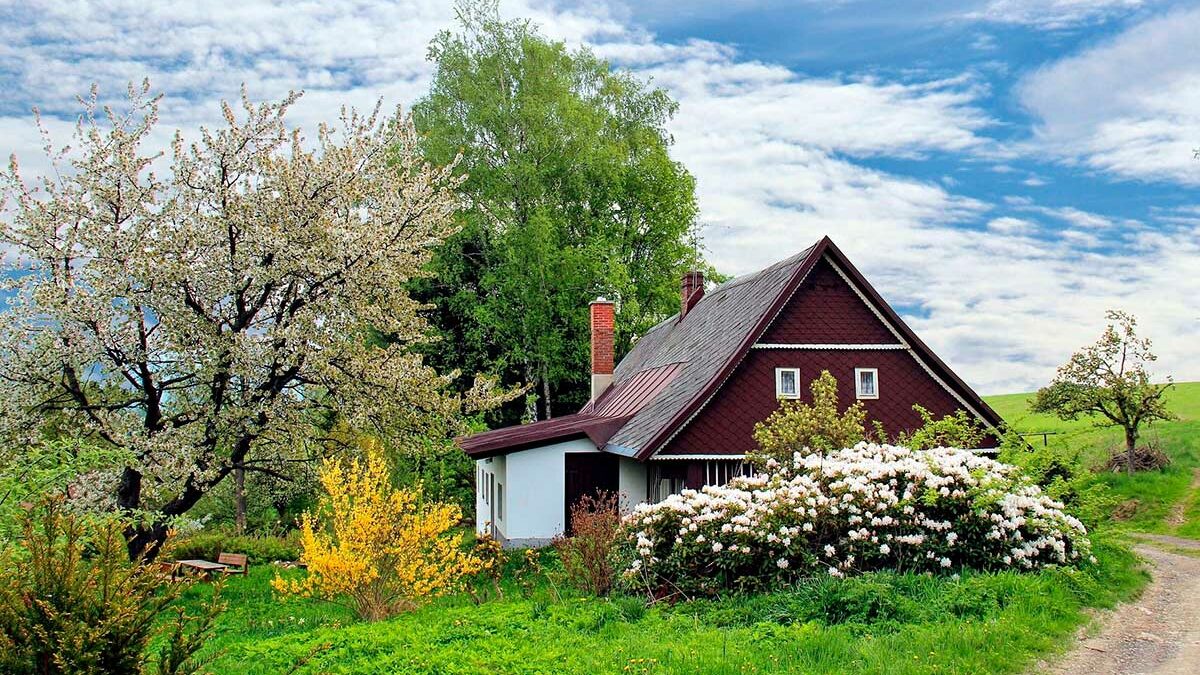One of the benefits of being a homeowner is the potential to create a space suited to your individual needs. This isn’t just about the internal elements, either. The yard or land around your property is a valuable resource in more than just a financial sense. You can make adjustments to make it the perfect outdoor area for relaxation, fun, or aesthetic beauty.
However, your outdoor spaces can be useful in other ways, too. As public concern about the environment is rising, you may be among the increasing number of people committed to finding ways to make your home more energy-efficient. In addition to interior design choices such as maximizing natural light, installing a smart thermostat, or adopting a green power source, you can also improve your energy efficiency through your landscaping choices.
Let’s take a closer look at some of the landscaping practices to reduce your energy consumption and lower your bills.
Create barriers
One of the most effective ways to reduce your energy bills through landscaping is by creating barriers. Many homeowners position larger plants and hedges in their yards to create privacy and limit unauthorized access. This often takes the form of decorative elements like latticework that plants can climb on or densely positioned potted plants. You can use the same approach to give your yard aesthetic beauty while saving energy.

During cooler weather, drafts can become a problem. While structural aspects like double glazing and insulation are important, your choice of plants can make a difference, too. Growing hedges and plants in the north, west, and east of your property can be effective windbreakers. One study in South Dakota found this approach can reduce fuel consumption by up to 40%. It will help if these are densely arranged with foliage reaching the ground. Though, this can be made more aesthetically pleasing with decorative topiary. Remember to select evergreen plants wherever possible to ensure consistent coverage throughout the year.
That said, the breeze may not be your only issue. In the summer months, solar heat absorbed through your windows and roof can increase your air conditioning energy costs. Positioning tall trees around your property can be a valuable barrier to sunlight. They don’t necessarily need to block the sun entirely, but good leaf coverage can create shade and disperse the strength of the heat.
Manipulate natural resources
One of the most exciting aspects of landscaping is how your choices can change the function of the space. Most people look at how this improves the atmosphere of the yard or the value of the property. But you can also use your landscaping elements to manipulate natural resources to help you save on energy consumption.

Firstly, you can utilize plant choices and even ornamental aspects to redirect breezes toward or away from your home. This can be particularly important if you live in a climate with minimal breezes but still want your windows or doors open rather than relying entirely on air conditioning and cooling systems. Create a funneling effect with fences, ground-reaching shrubs, and low garden walls. To direct the breeze to the upper floors of your home, you can plant tall trees close to the appropriate rooms. The leaves will generate a stronger current and direct it toward the top floors of your house.
This funneling approach can be problematic on its own when you live in areas that get warm air during the summer months. As such, you can combine your funneling with landscaping choices to cool the air as it reaches your home. Place ground cover plants like succulents or low shrubs close to your property. This works because plants transpire, meaning they release water droplets through pores in their leaves. As warm air passes through these plants, the water absorbs the heat, leaving cooler air to drift into your home.
Plan for the climate
Not all landscaping methods to lower your energy costs will be appropriate for all country areas. After all, the U.S. is a vast landmass, subject to different climate zones. Landscaping to reduce energy is at its most effective when you’re able to work alongside the natural resources of temperature, humidity, and weather. As such, you need to plan your landscaping choices in line with the climate.

Your first consideration here is likely to be the exposure to heat and cold. Some areas of the country have relatively consistent temperatures. As such, the landscaping measures you take in these areas require minimal adjustment. It is where temperatures flip between extremes that can be problematic. For instance, growing trees to block sunlight may reduce air conditioning energy consumption at the height of summer. But in freezing winters, this lack of natural heat and light can cause you to use more electricity.
As such, it’s worth planning for these elements. If you experience these extreme changes, consider landscaping in an agile fashion. Utilize deciduous trees and hedges that grow foliage in the summer months but lose their leaves in the winter. Utilize potted plants you can quickly transfer to other areas of the yard depending on the seasonal changes.
Conclusion
When homeowners are looking for ways to reduce their household energy, they tend only to consider the elements inside the building. But your outdoor landscaping can be a valuable tool for sustainability and minimizing your electricity bills. Create barriers with plants to a windbreak or cool your property. Make layout choices that manipulate natural resources to suit your energy efficiency needs positively. With a commitment to planning for your local climate, this can make your yard space work a little better for you.
Adrian Johansen
Related posts
1 Comment
Leave a Reply Cancel reply
This site uses Akismet to reduce spam. Learn how your comment data is processed.


[…] need the heating turned on at a much higher temperature than before? If so, you’ll need to re-evaluate the condition of your home’s insulation alongside your doors and windows. Can you feel the cool air coming in when you put your hand in […]